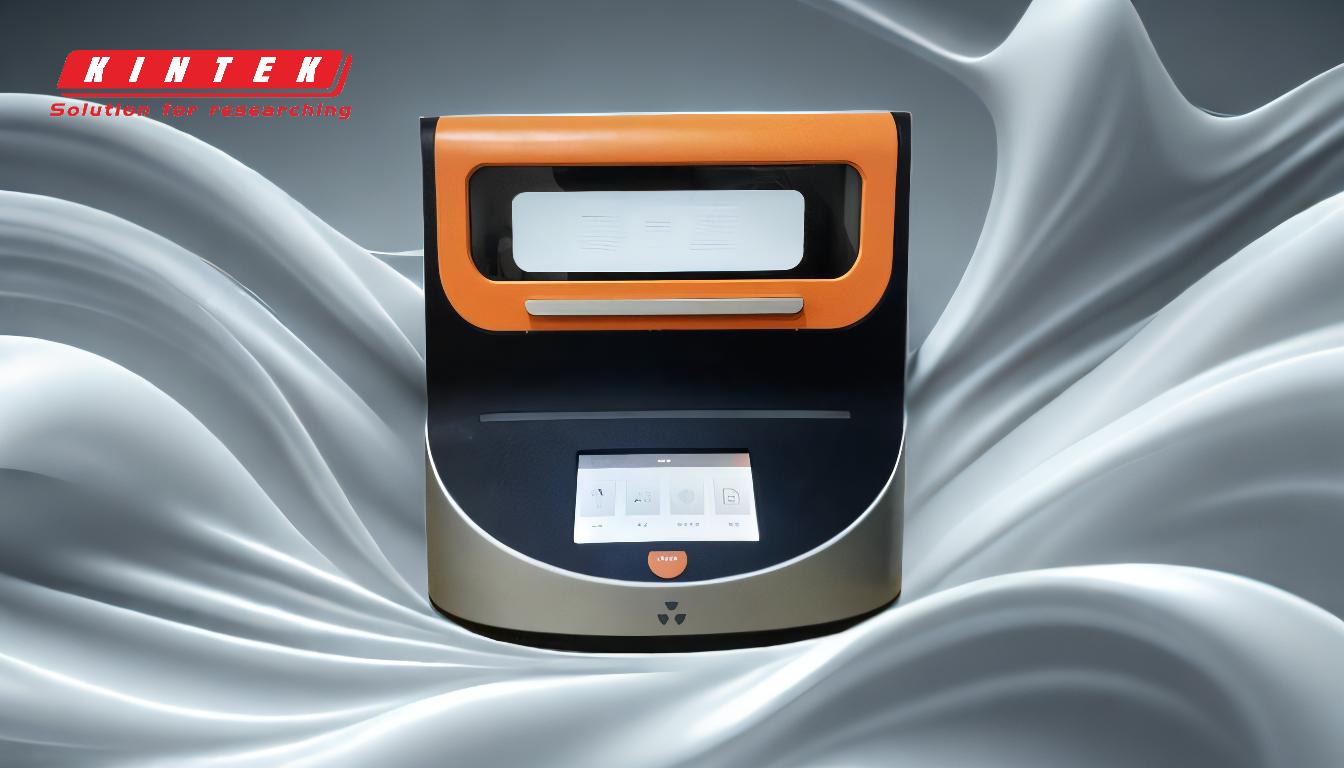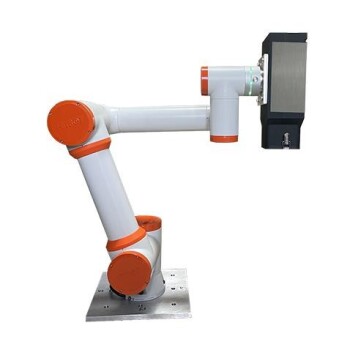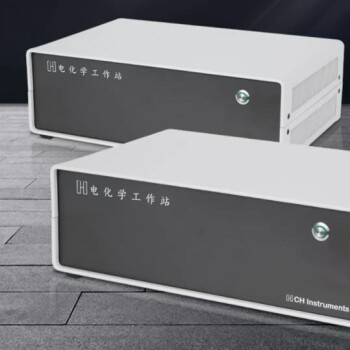XRF guns, also known as X-ray fluorescence analyzers, are highly accurate tools used for elemental analysis in various industries.
Their accuracy is influenced by several factors, including the type of detector, collimator size, sample size and shape, and the range of elements they can detect.
Understanding these factors helps in selecting the right XRF gun for specific applications, ensuring high accuracy and precision in results.
5 Key Factors to Consider When Choosing an XRF Gun

1. Accuracy and Precision of XRF Guns
Definition and Importance: Accuracy refers to how close the measured value is to the true value, while precision is the consistency of the measurements.
High accuracy and precision are crucial for quality control and ensuring reliable results.
Factors Affecting Accuracy: The type of detector (e.g., PIN detector, silicon drift detector), collimator size, and the ability to analyze various sample sizes and shapes significantly influence the accuracy of XRF guns.
2. Elemental Detection Range
Versatility: The range of elements an XRF gun can detect varies by model. Some are sensitive only to heavier elements, while others can detect a broader spectrum.
This versatility is essential for applications requiring analysis of a wide range of elements.
Application Specificity: Specialized applications may require XRF guns tailored to specific elements, ensuring more accurate and relevant results.
3. Sample Size and Shape Compatibility
Flexibility: XRF guns should be able to analyze samples of different sizes and shapes, including solids, liquids, and powders.
This flexibility ensures that the device can be used across various applications without compromising accuracy.
Practical Considerations: The ability to handle diverse sample types enhances the usability and effectiveness of the XRF gun in real-world scenarios.
4. Ease of Use and Interface
User-Friendly Design: An intuitive interface and simple navigation can significantly enhance the efficiency of the workflow.
This reduces the learning curve for operators and increases productivity.
Operational Efficiency: Ease of use not only makes the device more accessible but also minimizes errors and ensures consistent, accurate results.
5. Detector Types and Their Impact on Accuracy
Proportional Counters: These are metal cylinders filled with inert gas, which ionize when exposed to X-rays, producing a signal proportional to the energy absorbed.
They are commonly used and provide reliable results.
Silicon Drift Detectors (SDD): These semiconductor-based detectors ionize when exposed to X-rays, generating a charge related to the amount of elements in the sample.
SDDs are more sensitive and are often preferred for high-precision applications.
6. Collimator Size and Measurement Accuracy
Precision in Measurement: The collimator directs X-rays to the sample and limits the spot size.
Choosing the right collimator size ensures that the measurement includes only the area of interest, avoiding inaccuracies due to surrounding compositions.
Beam Divergence Considerations: The divergence of X-rays after passing through the collimator must be considered to select the appropriate collimator size, ensuring optimal precision.
7. Non-Destructive Nature of XRF Analysis
Preservation of Samples: Unlike destructive testing methods, XRF analysis leaves the sample intact, preserving its original state.
This is particularly beneficial in industries where sample integrity is crucial.
Broader Application Scope: The non-destructive nature of XRF analysis allows for repeated testing on the same sample, providing more data without compromising the sample.
In conclusion, XRF guns are highly accurate and precise tools for elemental analysis, with their performance influenced by several key factors including detector type, collimator size, and sample compatibility.
Selecting the right XRF gun tailored to specific needs ensures reliable and accurate results, making it an invaluable tool in various industries for quality control and compliance.
Continue exploring, consult our experts
Ready to transform your lab's accuracy and efficiency? KINTEK SOLUTION's XRF guns are your go-to for elemental analysis.
With pinpoint accuracy, extensive elemental detection, and versatile sample handling, they are the cornerstone of quality control.
Don't let precision slip by. Experience the difference with KINTEK SOLUTION.
Discover your ideal XRF gun and unlock your lab's full potential today – contact us now for expert guidance!












